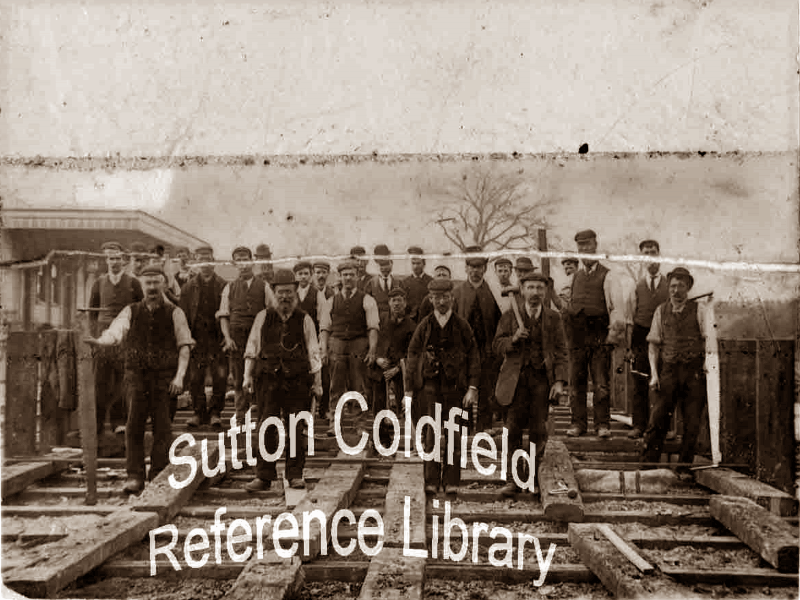Speculators burned their fingers.
The London and North Western Railway opened its Sutton Coldfield Branch in 1862. This five-mile-long railway from Aston to Sutton was first promoted by a group of local businessmen - they made a good profit when the LNWR bought them out. Seeing this, another group of businessmen thought to make money by projecting a railway from the Sutton terminus to Lichfield. They set up a company, surveyed a route, and the result was the “Birmingham and Sutton Coldfield Extension Railway Act of Parliament, 1863”.
The route surveyed by the company’s engineer, H.H.Bird, led from what is now the station car-park towards the old Sutton Park Station (which did not then exist). It continued behind Anchorage Road (not yet built) crossing beneath Lichfield road near its junction with Little Sutton Lane. It rejoined the line of the present railway near Four Oaks Station, but at a higher level, crossing Lichfield Road by an over bridge. The first mile of this route was at an uphill gradient of one in seventy.
Having secured their Act of Parliament, the promoters of the railway waited for economic conditions to improve. The powers granted by the Act of Parliament were only valid for a limited time, so a new Act was obtained in 1867, and then again in 1874. When they applied to Parliament for another renewal in 1878, they included “amendments” which entailed building “branch lines”, one to Birmingham and one to Colwich near Rugeley, effectively a new railway running through the Cannock Chase coalfields with a branch to Lichfield. This was not granted, leaving the field open for the LNWR to apply for an Act to build the present railway to Lichfield, which opened in 1884.
The route proposed in 1863 was no longer viable - crossing the Midland Railway’s Sutton Park line (opened 1879) would have entailed too steep a gradient, and Anchorage Road had now been laid out. Sutton station was rebuilt on a curve at a slightly lower level so that the tunnel beneath High Street was deep enough to allow the line to cross under the Midland Railway, the extra length allowing for an easier gradient up to Four Oaks Station. Four Oaks Park Race Course had opened in 1881 and was attracting crowds of 20,000, so the station had extensive sidings and a large station yard to cope with the expected heavy traffic.
